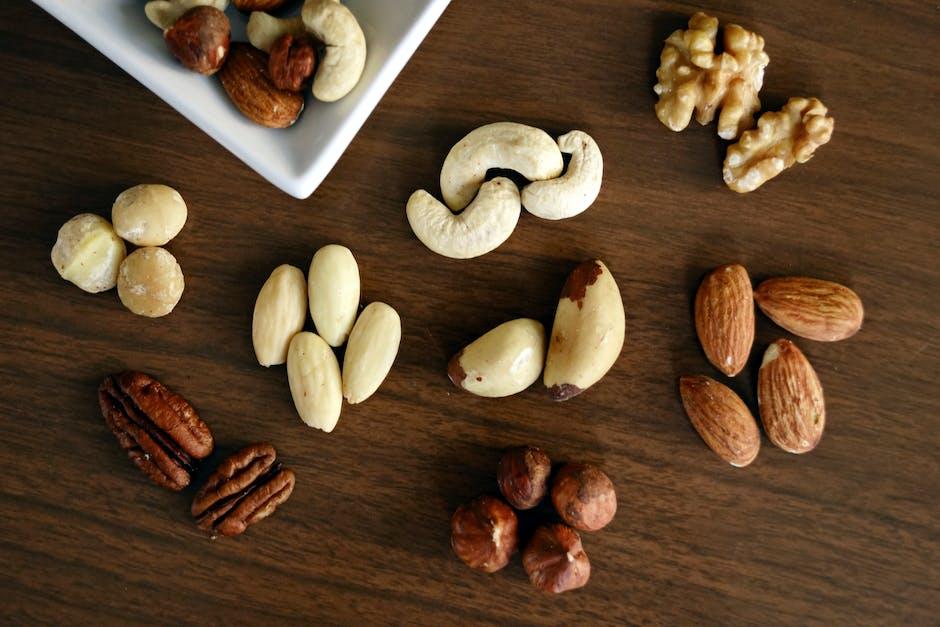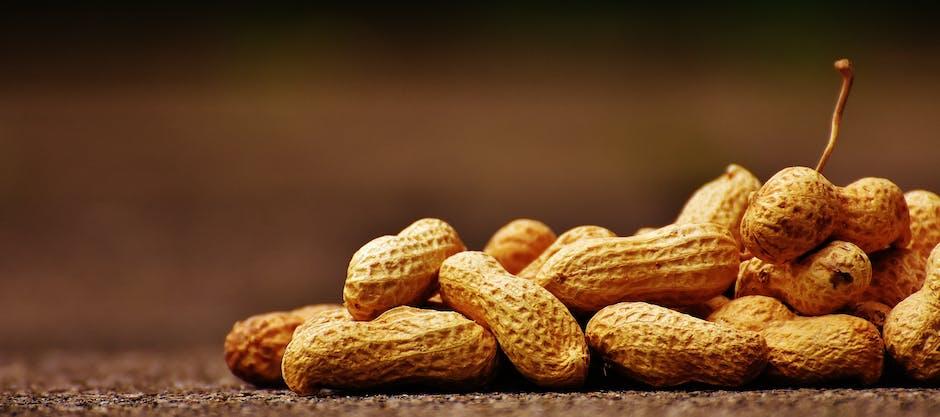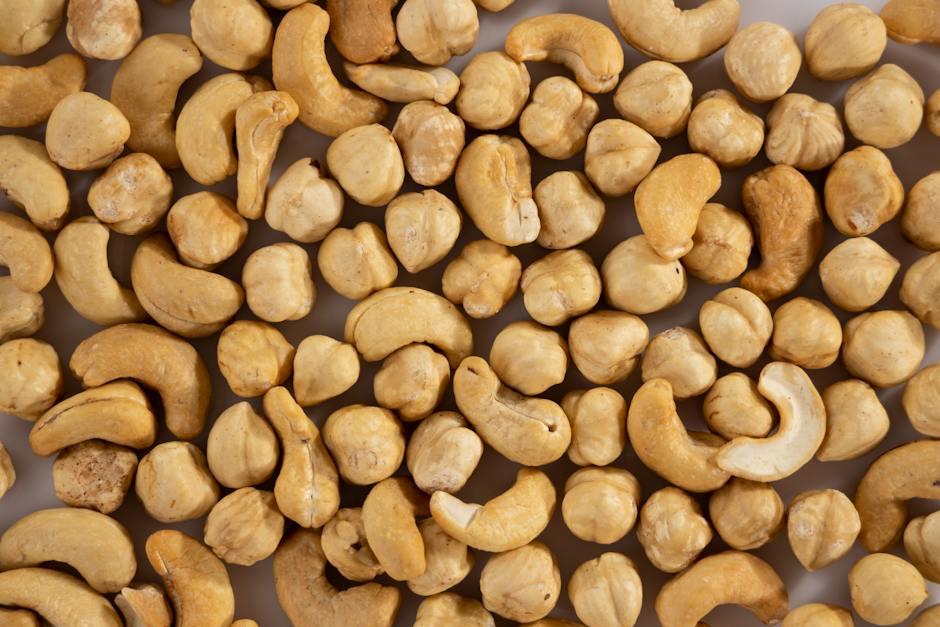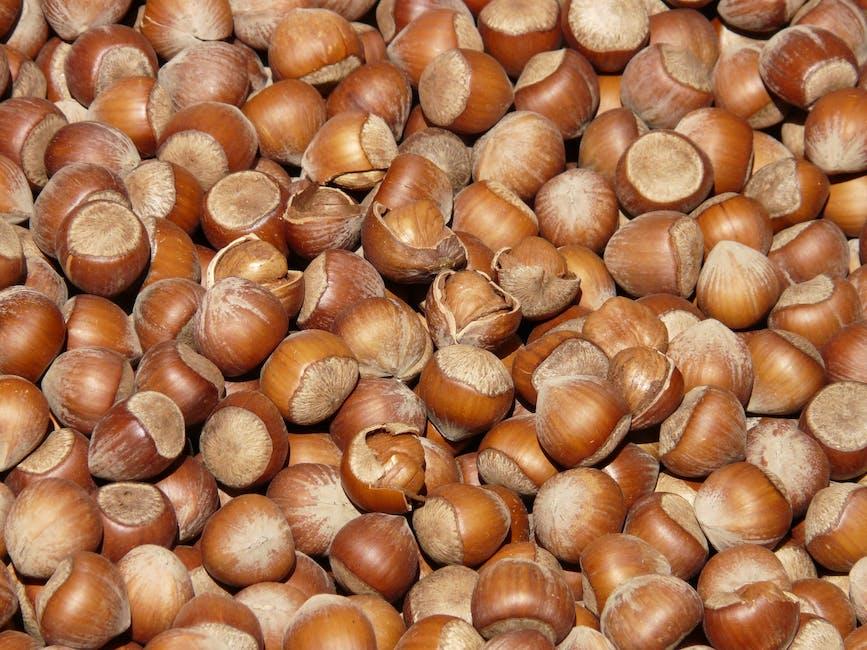Diverse Types of Nuts and Their Nutritional Benefits


Nuts have long held a prominent position in culinary traditions across the globe, serving as both a flavorful ingredient and a source of essential nutrients. Encompassing a wide range of varieties, each with its unique characteristics and flavor profile, nuts have found their way into cuisines worldwide, adding texture, richness, and nutritional value to countless dishes.
In the following article by thedailyECO, we will explain the diverse types of nuts, their distinctive characteristics, and their nutritional value.
What are nuts?
Botanically speaking, a nut is a dry fruit that has a hard, non-opening shell that encloses a single seed. This distinguishes nuts from other fruits, such as berries, which have a soft or fleshy pulp that surrounds the seeds. Nuts also differ from legumes, such as peanuts, which have a softer shell that splits open when the seed is ripe.
Here are some of the characteristics that define a nut:
- Hard shell: nuts have a hard, non-opening shell that protects the seed inside. This shell is typically made of a hard, woody material.
- Single seed: nuts only contain a single seed inside the shell. This seed is typically surrounded by a fleshy layer called the endocarp.
- Dry fruit: nuts are classified as dry fruits because they lack a juicy pulp.
- Edible: Nuts are edible and are often consumed as a snack or used in cooking.
- Oil content: Nuts are typically high in oil content, which gives them a rich, nutty flavor.
- Nutritional value: Nuts are a good source of healthy fats, proteins, fiber, and vitamins and minerals.
Legumes and peanuts are often classified as nuts because they share some of the same characteristics. For example, legumes and peanuts have a hard shell that encloses a single seed. They are also a good source of protein and fiber. However, legumes and peanuts do not have a woody endocarp, which is a characteristic of true nuts.
Tree nuts
Tree nuts, the hard-shelled fruits of certain trees, offer a wide range of flavors, textures, and nutritional benefits, making them a cherished addition to cuisines worldwide. Let us take a closer look at some of them:
Almonds
Almonds, the oval-shaped nuts with a light brown skin and a creamy, white kernel, are among the most popular tree nuts. Their mild, nutty flavor and crunchy texture make them a versatile ingredient in baking, snacking, and savory dishes.
Almonds are an excellent source of healthy fats, including monounsaturated fats and polyunsaturated fats. They are also a good source of protein, fiber, vitamin E, magnesium, and calcium. Almonds have been linked to a number of health benefits, including reduced risk of heart disease, stroke, and type 2 diabetes.
Walnuts
Walnuts, the round, wrinkled nuts with a dark brown shell and a light brown kernel, are known for their rich, earthy flavor and slightly bitter notes.
They are a good source of omega-3 fatty acids, making them a valuable addition to a healthy diet.
Walnuts are also a versatile ingredient that can be used in both sweet and savory dishes. They can be added to salads, sauces, baked goods, and even pasta dishes.
Cashews
Cashews, the kidney-shaped nuts with a light beige shell and a creamy, white kernel, are known for their mild, buttery flavor. They are a popular choice for snacking, adding creaminess to sauces, and producing delectable nut butter.
Cashews are a good source of protein, fiber, healthy fats, and magnesium. Cashews are a popular ingredient in Indian, Thai, and Vietnamese cuisines. They are often used in curries, stir-fries, and desserts.
Pecans
Pecans, the elongated nuts with a dark brown, ridged shell and a light brown kernel, are known for their sweet and rich flavor. They are often described as having a caramelized or smoky aroma.
Pecans have a long history in North America, and they were an important food source for Native American tribes. Pecans are also a symbol of the American South. Pecan pie is a classic American dessert made with pecans, eggs, sugar, and spices. It is traditionally served during the holidays, especially Thanksgiving and Christmas.
Ready to plant your own walnut tree? Discover the secrets of nut propagation in our guide.

Peanuts
Peanuts, often considered nuts due to their culinary similarities, are actually legumes, a family of plants that produce fruits with seeds enclosed in pods. This botanical distinction sets peanuts apart from true nuts, which are characterized by their hard, non-opening shell and single seed.
True nuts, such as almonds, walnuts, and hazelnuts, belong to the botanical order Fagales, while peanuts fall under the order Fabales. This difference in classification stems from the distinct structure of their fruits. True nuts have a hard, non-opening shell that encases a single seed, while peanuts are enclosed in a pod that splits open to release their seeds. Additionally, true nuts typically grow on trees, while peanuts are underground legumes.
Despite their botanical classification, peanuts have found a prominent place in culinary traditions worldwide, often substituting for or complementing true nuts. Their versatility and flavor profile have made them a popular ingredient in various dishes and snacks.
Peanuts, like true nuts, offer a wealth of nutrients, making them a valuable addition to a balanced diet.
- Healthy fats: peanuts are a good source of healthy fats, particularly mono- and polyunsaturated fats, which can help lower LDL (bad) cholesterol levels and promote heart health.
- Protein: peanuts provide a good amount of protein, essential for building and repairing tissues, maintaining muscle mass, and supporting various bodily functions.
- Fiber: peanuts are a good source of fiber, which aids in digestion, promotes gut health, and contributes to a feeling of fullness.
- Vitamins and minerals: peanuts contain essential vitamins and minerals, including vitamin E, an antioxidant that protects cells from damage, and magnesium, which plays a role in muscle and nerve function.

Seed nuts
Seed nuts, though not technically true nuts, are often included in the nut family due to their similar flavor, texture, and nutritional profile. They are typically the seeds of fruits with a hard, non-opening shell. Among the most popular seed nuts are sunflower seeds and pumpkin seeds.
Sunflower seeds
Sunflower seeds, the small, edible seeds of sunflowers, are a popular snack and culinary ingredient. They provide healthy fats, protein, fiber, and various vitamins and minerals. They are a good source of vitamin E, an antioxidant that protects cells from damage, and magnesium, which plays a role in muscle and nerve function.
Sunflower seeds can be enjoyed roasted, salted, or sweetened. They are a common ingredient in trail mixes, granola bars, and energy bites. Sunflower seed oil is also a popular ingredient in cooking.
Pumpkin seeds
Pumpkin seeds, the flat, edible seeds of pumpkins, are a nutritional powerhouse and a versatile culinary ingredient. They are a good source of healthy fats, protein, fiber, and essential vitamins and minerals, including zinc, magnesium, and iron. They also contain antioxidants that can help protect cells from damage.
Pumpkin seeds can be enjoyed roasted, salted, or spiced. They are a common ingredient in trail mixes, granola bars, and energy bites. Pumpkin seed oil is also a popular ingredient in cooking and salad dressings.

Chestnuts
Chestnuts, the fruits of the genus Castanea, are distinguished from other nuts by their starchy, slightly sweet flavor and their enclosed spiky green husk. Unlike true nuts, which have a hard, non-opening shell, chestnuts have a thin, leathery shell that can be easily peeled after roasting or boiling. Chestnuts, with their unique starchy texture and earthy flavor, have found a place in various culinary traditions worldwide.
Varieties of chestnuts:
- European chestnut: The most common chestnut variety, known for its large size and sweet flavor.
- Japanese chestnut: Smaller and sweeter than European chestnuts, often used in confectionery and desserts.
- Chinese chestnut: Widely cultivated in Asia, known for its resistance to chestnut blight.
They are typically grown in temperate regions of the Northern Hemisphere. They require well-drained soil and moderate rainfall. Chestnuts are harvested in autumn, when they fall from the trees.
Despite their starchy nature, chestnuts offer a range of nutrients and potential health benefits.
- Chestnuts are a good source of complex carbohydrates, providing sustained energy and supporting digestive health.
- Chestnuts are a good source of fiber, which aids in digestion, promotes gut health, and contributes to a feeling of fullness.
- Chestnuts contain essential vitamins and minerals, including vitamin C, potassium, and manganese.
- Chestnuts contain antioxidants that may help protect cells from damage.
Embrace the versatility of chestnuts and elevate your culinary creations with our expert tips.

Macadamia nuts
Macadamia nuts, native to Australia, are prized for their creamy texture and rich, buttery flavor. They are often considered a gourmet nut and are used in desserts, snacks, and premium culinary creations.
They are known for their unique and delectable buttery flavor that is often described as being smooth, rich, and slightly sweet. This flavor profile makes them a popular choice for use in desserts, such as macadamia nut cookies and macadamia nut ice cream.
Macadamia nuts have a soft and creamy texture that is unlike any other nut. This texture is due to their high oil content, which is about 78% monounsaturated fat. Monounsaturated fats are considered to be healthy fats, and they can help to lower cholesterol levels.
There are two main types of macadamia nuts:
- Macadamia Integrifolia: this is the most common type of macadamia nut and is the one that is most widely available. It has a smooth, buttery flavor and a creamy texture.
- Macadamia Tetraphylla: this type of macadamia nut is less common than M. integrifolia, but it is becoming more popular. It has a slightly more bitter flavor than M. integrifolia, but it is also more aromatic and has a stronger scent.
Macadamia nuts can be enjoyed in a variety of ways. They can be roasted, salted, and eaten as a snack. They can also be used in baking, cooking, and confections.
Macadamia nuts have been linked to a number of health benefits, including improved heart health, reduced risk of cancer, and better cognitive function.

Other nuts
Beyond the familiar tree nuts, the world of nuts offers a diverse range of flavors, textures, and nutritional profiles, each adding a unique touch to culinary creations. These "other nuts" include a variety of seeds, often classified as nuts due to their similar characteristics and culinary applications.
- Pine nuts: Pine nuts are the edible seeds of pine cones, known for their delicate, buttery flavor and crunchy texture. They are often used in pestos, salads, and savory dishes.
- Brazil nuts: Brazil nuts are the seeds of the Brazil nut tree, renowned for their rich, earthy flavor and high selenium content. They are a popular snack and are often added to granola bars and trail mixes.
- Hazelnuts: Hazelnuts are the edible seeds of hazelnut trees, prized for their sweet, nutty flavor and smooth texture. They are a key ingredient in confections like Nutella and are often used in baking and snacking.
Other nuts are used in a variety of cuisines around the world. Pine nuts are a popular ingredient in Italian cuisine, while Brazil nuts are often used in Brazil and South America. Hazelnuts, on the other hand, are commonly used in baking and confectionery.
Other nuts offer a variety of health benefits. Pine nuts are a good source of healthy fats, proteins, and fiber. Brazil nuts are a good source of selenium and healthy fats. Hazelnuts are a good source of healthy fats, proteins, and fiber.

If you want to read similar articles to Diverse Types of Nuts and Their Nutritional Benefits, we recommend you visit our Healthy foods category.
- Royal Horticultural Society (sf) Juglans search. Available at: https://www.rhs.org.uk/search?query=juglans&referrerPageUrl=https://www.rhs.org.uk/











